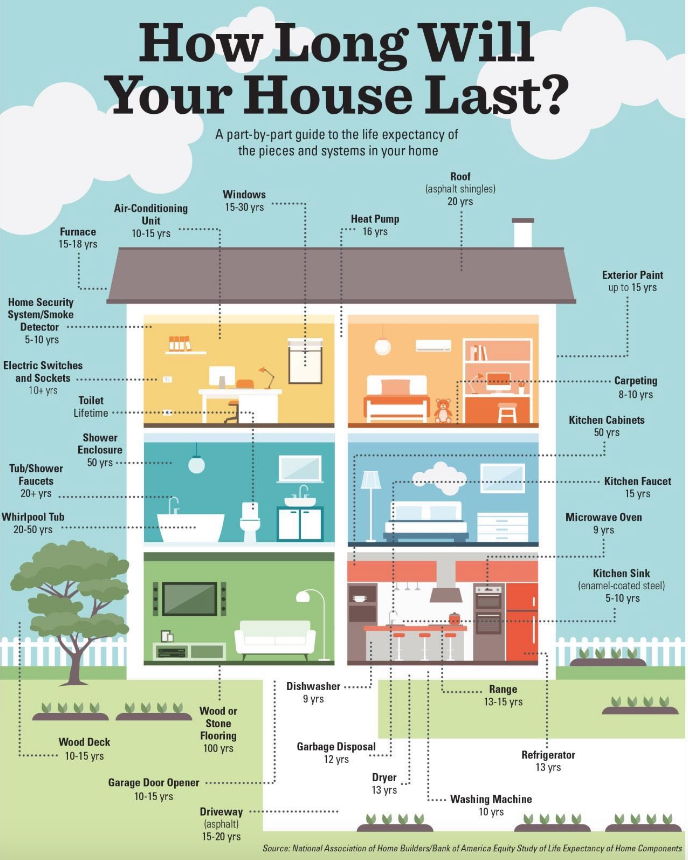
Everyone has a different idea of what their dream house looks and feels like.
When envisioning my dream house, I see a charming villa nestled in the countryside, surrounded by lush greenery and vibrant flowers and gardens. Its spacious open-concept design features large windows that invite plenty of natural light, creating a warm and inviting atmosphere. The modern kitchen is equipped with state-of-the-art appliances, perfect for experimenting with new recipes, while the cozy living room boasts a fireplace and a library filled with books and treasures from around the world. The master bedroom offers a breathtaking view of the landscape, and outside, a tranquil garden with a pergola provides the perfect spot for outdoor relaxation by the pool.
When searching for your dream house, enlisting the help of a reputable realtor, like me, can significantly ease the process. Realtors are skilled professionals who can navigate the complexities of the property market, understand your specific needs and desires, and identify suitable options for you. Their expertise in property valuation, negotiation, and legal processes can streamline the search for your ideal home. Whether you envision a charming countryside villa, a modern urban apartment, or any other type of residence, a competent realtor can be an invaluable asset in turning your dream home into a reality.

When finding your dream home, people have a variety of needs and wants that influence their decision. Some common considerations include:
Needs:
- Location: Proximity to work, schools, amenities, and public transportation.
- Safety: A secure neighborhood with low crime rates and good lighting.
- Space: Sufficient bedrooms, bathrooms, storage, and living areas for the household’s needs.
- Affordability: Within the budget and manageable in terms of mortgage or rent payments.
- Accessibility: Features that accommodate any specific mobility needs, such as ramps or elevators.
Wants:
- Aesthetics: Attractive architecture, design, and curb appeal.
- Outdoor Space: Private yard, garden, balcony, or access to communal outdoor areas.
- Amenities: Modern appliances, specific features like a fireplace or a pool, and smart home technology.
- Community: Proximity to social and recreational facilities, and a sense of community spirit.
- Resale Value: Consideration of potential property value appreciation over time.
Understanding the balance between these needs and wants can help individuals and families find a home that meets both their practical requirements and their desired lifestyle.
When it comes to finding the perfect home, people have diverse preferences and desires regarding the type of property they envision. Whether it’s a charming countryside villa, a modern urban apartment, or any other type of residence, understanding these individual preferences is crucial in the search for the ideal home. Additionally, various property types, such as single-family homes, apartments, condos, townhouses, villas, and more, cater to different lifestyle needs and aspirations. It’s important to consider these diverse perspectives and explore the wide range of housing options available to find the perfect fit.
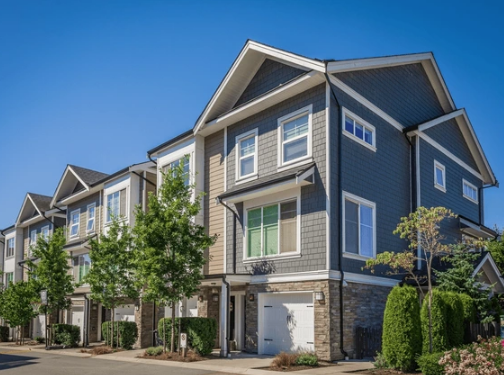

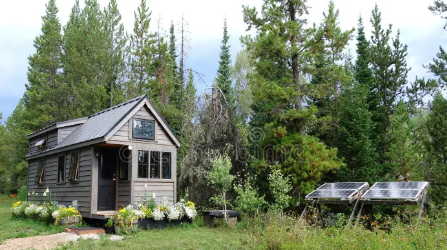
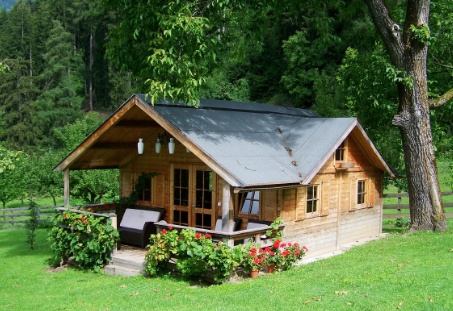
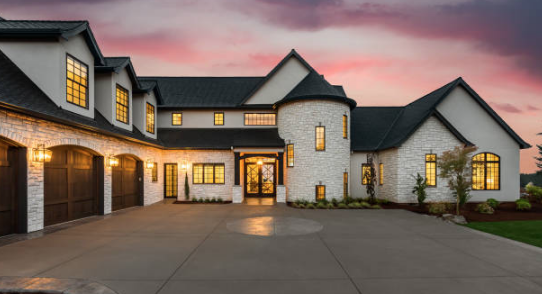
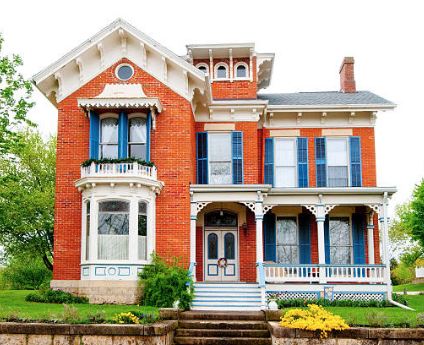
- Single-family home: A standalone house designed for a single household, offering privacy and space.
- Apartment: A self-contained living space within a larger building, often with shared amenities.
- Condo: Similar to an apartment, but the individual units are owned rather than rented.
- Townhouse: A narrow, multilevel home joined with other units in a row.
- Villa: Often a luxurious, standalone structure with spacious grounds, commonly associated with a rural or holiday setting.
- Duplex: A house divided into two separate living units.
- Cottage: A small, cozy house, typically in a rural or semi-rural setting.
- Mansion: A large, impressive residence, often associated with wealth and luxury.
- Tiny house: A compact dwelling, typically on wheels, designed to minimize living space and focus on simple living.
- Ranch house: A single-story home, often with a flowing layout and a connection to the outdoors.
- Bungalow: A small, one- or one-and-a-half story house, often with a spacious front porch.
- Castle: A large, fortified building, often with historical and architectural significance.
When it comes to finding your dream home, envisioning the perfect type of house is just the beginning. Whether it’s a cozy cottage nestled in the countryside, a sleek and modern urban loft, a spacious suburban home, or any other style, I’m here to help guide you through the process. With the right approach and expertise, we can work together to turn your dream of a perfect house into a reality. Let’s start this exciting journey and find the ideal home that suits your unique vision and lifestyle.
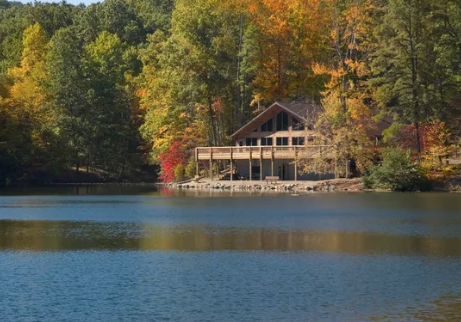
Here are some helpful tools to get you started on your Dream House Search!
